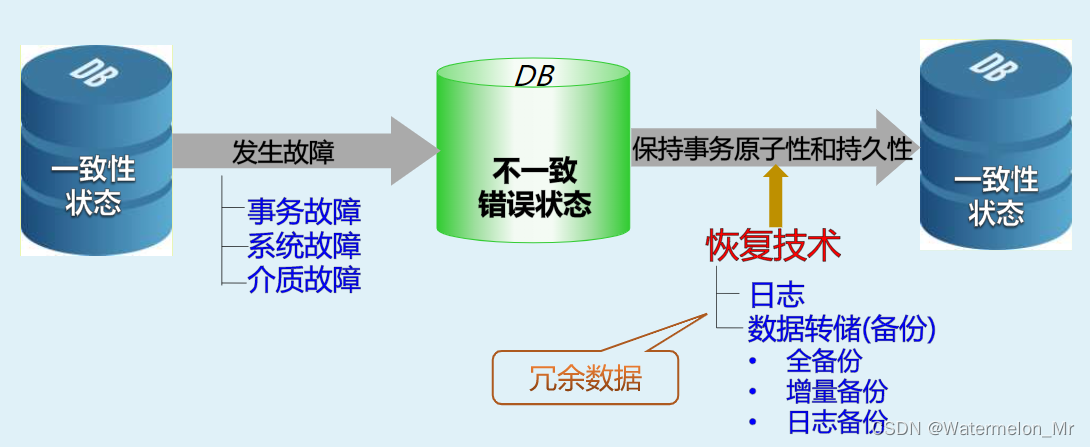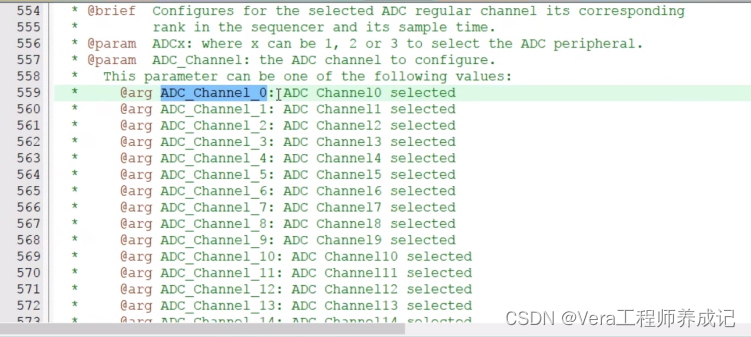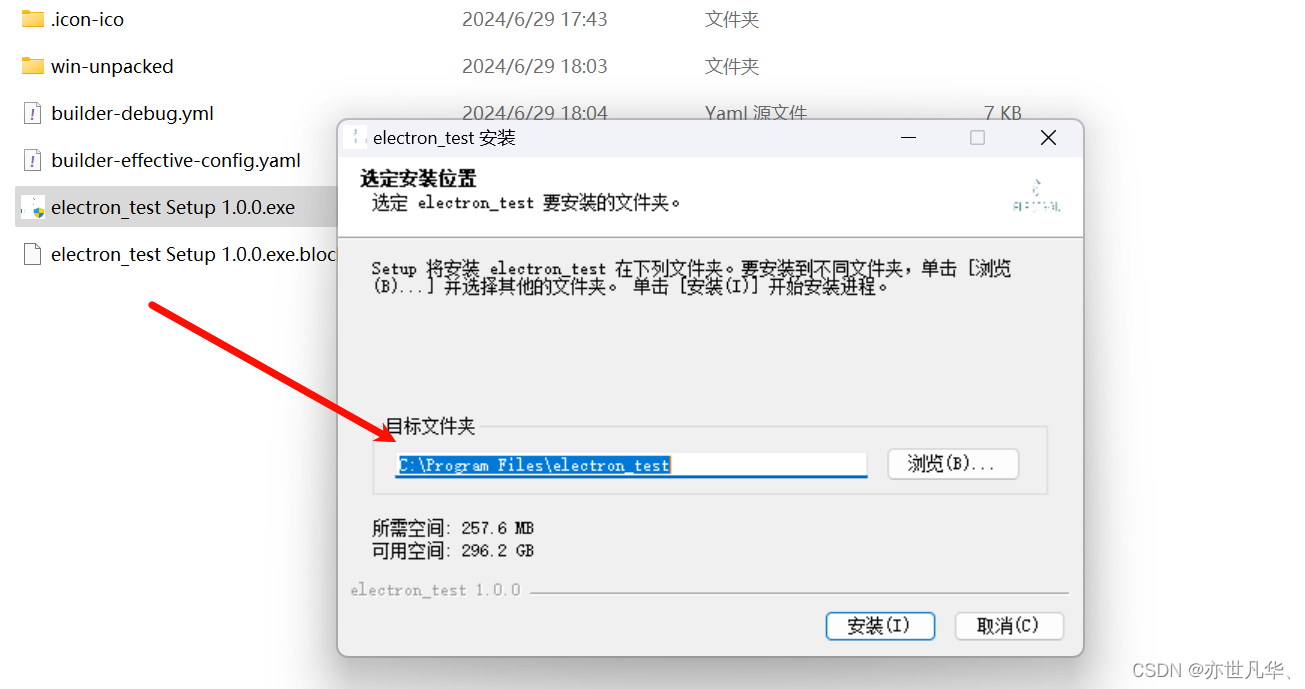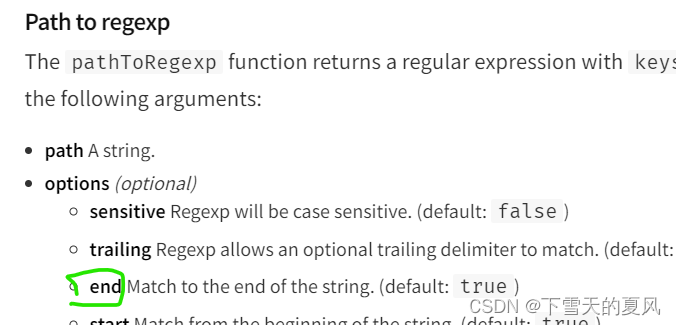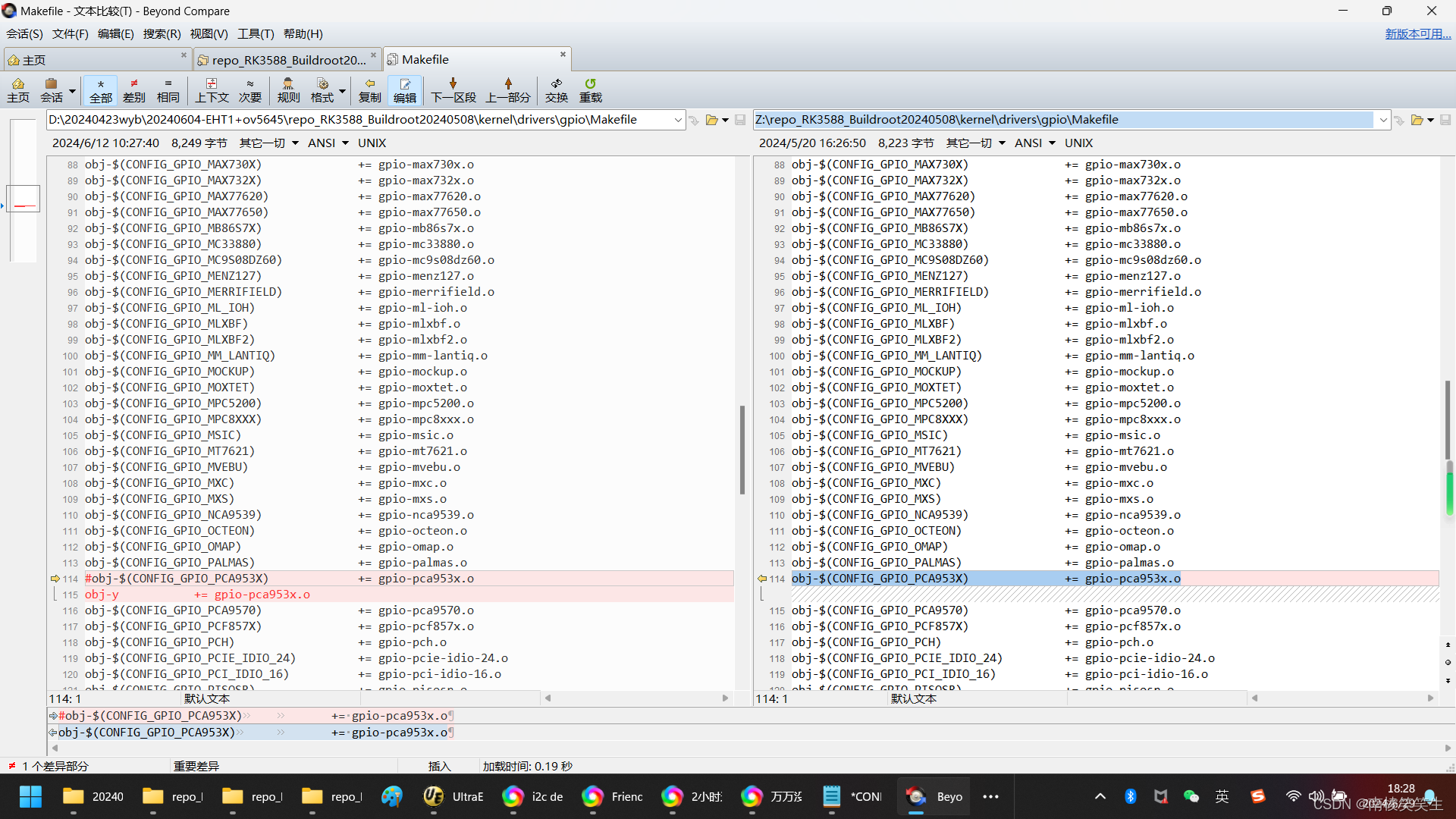一、张量Tensor概念
矢量、标量和其他张量的计算函数,有内积、外积、线性映射以及笛卡儿积等
张量坐标在 n 维空间内,有 nr 个分量
每个分量都是坐标的函数,变换时每个坐标分量都按规则作线性变换
张量是一种特殊的数据结构,类似于数组和矩阵
张量是MindSpore网络运算中的基本数据结构
二、环境准备
1. 安装minspore模块
!pip uninstall mindspore -y
!pip install -i https://pypi.mirrors.ustc.edu.cn/simple mindspore==2.3.0rc12.导入minspore、Tensor等相关模块
import numpy as np
import mindspore
from mindspore import ops
from mindspore import Tensor, CSRTensor, COOTensor三、创建张量
支持Tensor、float、int、bool、tuple、list、numpy.ndarray等
1.根据数据自动生成
data = [1, 0, 1, 0]
x_data = Tensor(data)
print(x_data, x_data.shape, x_data.dtype)输出:
[1 0 1 0] (4,) Int642.从NumPy数组生成
np_array = np.array(data)
x_np = Tensor(np_array)
print(x_np, x_np.shape, x_np.dtype)输出:[
[1 0 1 0] (4,) Int643.init初始化器构造张量
支持参数:
init :initializer的子类, 例如init=One(),主要用于并行模式
shape:list、tuple、int, 例如shape=(2, 2)
dtype :mindspore.dtype,例如dtype=mindspore.float32
from mindspore.common.initializer import One, Normal
# Initialize a tensor with ones
tensor1 = mindspore.Tensor(shape=(2, 2), dtype=mindspore.float32, init=One())
# Initialize a tensor from normal distribution
tensor2 = mindspore.Tensor(shape=(2, 2), dtype=mindspore.float32, init=Normal())
print("tensor1:\n", tensor1)
print("tensor2:\n", tensor2)输出:
tensor1:
[[1. 1.]
[1. 1.]]
tensor2:
[[-0.00247062 0.00723172]
[-0.00915686 -0.00984331]]4.继承张量生成新张量
from mindspore import ops
x_ones = ops.ones_like(x_data)
print(f"Ones Tensor: \n {x_ones} \n")
x_zeros = ops.zeros_like(x_data)
print(f"Zeros Tensor: \n {x_zeros} \n")输出:
Ones Tensor:
[1 1 1 1]
Zeros Tensor:
[0 0 0 0] 四、张量属性
shape :形状(tuple)
dtype :MindSpore数据类型
itemsize:单个元素占用字节数(整数)
nbytes :整个张量占用总字节数(整数)
ndim :维数,张量的秩=len(tensor.shape)(整数)
size :张量所有元素的个数(整数)
strides :张量每一维步长,每一维字节数(tuple)
x = Tensor(np.array([[1, 2], [3, 4]]), mindspore.int32)
print("x_shape:", x.shape)
print("x_dtype:", x.dtype)
print("x_itemsize:", x.itemsize)
print("x_nbytes:", x.nbytes)
print("x_ndim:", x.ndim)
print("x_size:", x.size)
print("x_strides:", x.strides)输出:
x_shape: (2, 2)
x_dtype: Int32
x_itemsize: 4
x_nbytes: 16
x_ndim: 2
x_size: 4
x_strides: (8, 4)五、张量索引
从0开始编制
负索引表示倒序编制
切片用冒号:和 ...
tensor = Tensor(np.array([[0, 1], [2, 3]]).astype(np.float32))
print("First row: {}".format(tensor[0]))
print("value of bottom right corner: {}".format(tensor[1, 1]))
print("Last column: {}".format(tensor[:, -1]))
print("First column: {}".format(tensor[..., 0]))输出:
First row: [0. 1.]
value of bottom right corner: 3.0
Last column: [1. 3.]
First column: [0. 2.]六、张量运算
包括算术、线性代数、矩阵处理(转置、标引、切片)、采样等。
1.算术运算:
x = Tensor(np.array([1, 2, 3]), mindspore.float32)
y = Tensor(np.array([4, 5, 6]), mindspore.float32)
output_add = x + y
output_sub = x - y
output_mul = x * y
output_div = y / x
output_mod = y % x
output_floordiv = y // x
print("add:", output_add)
print("sub:", output_sub)
print("mul:", output_mul)
print("div:", output_div)
print("mod:", output_mod)
print("floordiv:", output_floordiv)输出:
add: [5. 7. 9.]
sub: [-3. -3. -3.]
mul: [ 4. 10. 18.]
div: [4. 2.5 2. ]
mod: [0. 1. 0.]
floordiv: [4. 2. 2.]2. 连接concat,在指定维度连接张量
示例:
data1 = Tensor(np.array([[0, 1], [2, 3]]).astype(np.float32))
data2 = Tensor(np.array([[4, 5], [6, 7]]).astype(np.float32))
output = ops.concat((data1, data2), axis=0)
print(output)
print("shape:\n", output.shape)输出:
[[0. 1.]
[2. 3.]
[4. 5.]
[6. 7.]]
shape:
(4, 2)3. stack,堆叠张量,形成新的维度
data1 = Tensor(np.array([[0, 1], [2, 3]]).astype(np.float32))
data2 = Tensor(np.array([[4, 5], [6, 7]]).astype(np.float32))
output = ops.stack([data1, data2])
print(output)
print("shape:\n", output.shape)输出:
[[[0. 1.]
[2. 3.]]
[[4. 5.]
[6. 7.]]]
shape:
(2, 2, 2)七、张量与NumPy转换
1. Tensor转换为NumPy
Tensor.asnumpy()
t = Tensor([1., 1., 1., 1., 1.])
print(f"t: {t}", type(t))
n = t.asnumpy()
print(f"n: {n}", type(n))输出:
t: [1. 1. 1. 1. 1.] <class 'mindspore.common.tensor.Tensor'>
n: [1. 1. 1. 1. 1.] <class 'numpy.ndarray'>2.NumPy转换为Tensor
Tensor.from_numpy()
n = np.ones(5)
t = Tensor.from_numpy(n)
np.add(n, 1, out=n)
print(f"n: {n}", type(n))
print(f"t: {t}", type(t))输出:
n: [2. 2. 2. 2. 2.] <class 'numpy.ndarray'>
t: [2. 2. 2. 2. 2.] <class 'mindspore.common.tensor.Tensor'>八、稀疏张量
绝大部分元素的值为零或者某个确定值。
常用CSR和COO两种稀疏数据格式
稀疏张量的表达形式
<indices:Tensor, values:Tensor, shape:Tensor>
indices 非零下标元素
values 非零元素的值
shape 被压缩的稀疏张量的形状
三种稀疏张量结构:CSRTensor、COOTensor和RowTensor。
1.CSRTensor
Compressed Sparse Row压缩稀疏行
values :非零元素的值,一维张量
indptr :行维度,非零元素在values中的起始位置和终止位置,一维整数张量
indices:列维度,非零元素在列中的位置,其长度与values相等,一维整数张量
索引数据类型支持int16、int32、int64
shape :压缩稀疏张量的形状,数据类型为Tuple,目前仅支持二维CSRTensor
参考mindspore.CSRTensor。
示例:
indptr = Tensor([0, 1, 2])
indices = Tensor([0, 1])
values = Tensor([1, 2], dtype=mindspore.float32)
shape = (2, 4)
# Make a CSRTensor
csr_tensor = CSRTensor(indptr, indices, values, shape)
print(csr_tensor.astype(mindspore.float64).dtype)输出:
Float64生成的CSRTensor:

2.COOTensor
Coordinate Format坐标格式
values :非零元素的值,一维张量,形状:[N]
indices:每行代表非零元素下标,二维整数张量,形状:[N, ndims]
索引数据类型支持int16、int32、int64。
shape :压缩稀疏张量的形状,目前仅支持二维COOTensor
参考mindspore.COOTensor。
示例:
indices = Tensor([[0, 1], [1, 2]], dtype=mindspore.int32)
values = Tensor([1, 2], dtype=mindspore.float32)
shape = (3, 4)
# Make a COOTensor
coo_tensor = COOTensor(indices, values, shape)
print(coo_tensor.values)
print(coo_tensor.indices)
print(coo_tensor.shape)
print(coo_tensor.astype(mindspore.float64).dtype) # COOTensor to float64输出:
[1. 2.]
[[0 1]
[1 2]]
(3, 4)
Float64生成的COOTensor:
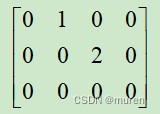



![[oeasy]python021_赛博宝剑铭文大赏_宝剑上的铭文_特殊符号和宝物](https://img-blog.csdnimg.cn/img_convert/dabde68b1f0ee4c4cff6a0a199be53d8.png)
